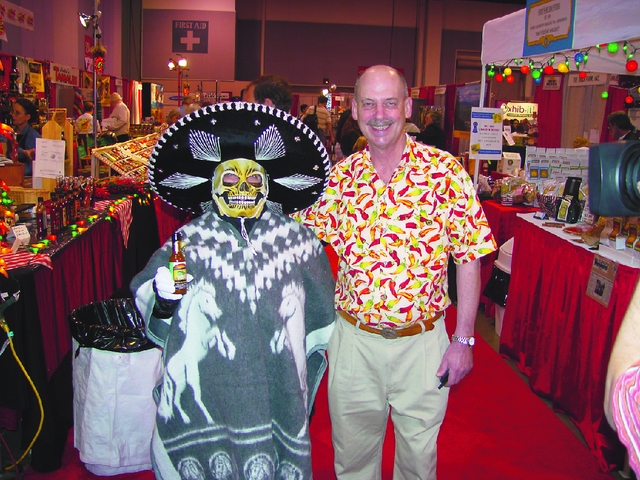The 20 th annual National Fiery Foods and Barbecue Show is Feb. 29 through March 2 at the Sandia Resort and Casino Ballroom (Tramway at I-25, enter on Hummingbird Road). General public hours are: Friday 4-7 p.m., Saturday 11 a.m.-7 p.m., Sunday 11 a.m.-6 p.m. On Saturday and Sunday afternoons, there will be cooking demonstrations by guest chefs. General public admission $10; children under 12 free. Parking is free at Sandia Resort and Casino. Advance tickets (plus service fee) available through TicketMaster. Visit the home of fiery foods at www.fiery-foods.com.


